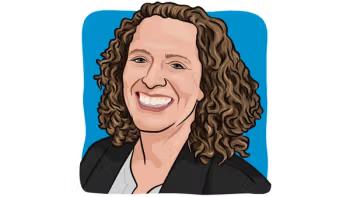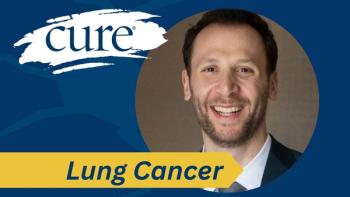
Low-Income Breast Cancer Survivors Experience Better Outcomes With Counseling, Tailored Plan
"Low-income women tend to have less access to high-quality health care, along with unique needs and concerns," says Rose C. Maly.
Low-income breast cancer survivors were 8 to 9 percent more likely to adhere to recommended survivorship care if they received counseling and a tailored survivorship care plan, according to a new study. The study is the first of its kind to show improved clinical outcomes with a treatment summary and survivorship care plan (TSSP).
“Low-income women tend to have less access to high-quality health care, along with unique needs and concerns,” says Rose C. Maly. “This personalized intervention would be of greatest benefit to this vulnerable group, and it could be adapted for use with other types of cancer.”
Maly is an associate professor of family medicine at the University of California in Los Angeles, California (UCLA).
The study was presented in a presscast held in advance of the 2016 Cancer Survivorship Symposium, a meeting sponsored by the American Society of Clinical Oncology (ASCO), the American Academy of Family Physicians, and the American College of Physicians in San Francisco from January 15-16, 2016.
“Physicians and survivors believe that survivorship care plans are crucial to the ongoing health and wellness of cancer survivors, but there’s no standard best way to implement these plans in order to improve patient outcomes,” says Merry-Jennifer Markham, ASCO Expert and moderator of the presscast.
In total, 212 breast cancer survivors diagnosed with stage 0 to stage 3 disease were randomized to the control or intervention group. Survivors were recruited and randomized 10 to 24 months after their diagnosis and at least one month after their last definitive treatment. All study participants came from two Los Angeles County public hospitals.
The intervention group (107 patients) first completed a questionnaire regarding their needs and concerns about survivorship. Among the issues addressed were hot flashes, memory problems, weight gain and sexual dysfunction. A TSSP was then drafted by a survivorship nurse and mailed with a cover letter to the survivor’s health care providers (including the oncologist, surgeon and primary care physician). The TSSP included both recommendations for further care, treatment summaries and external resources (such as patient support groups).
Survivors in the intervention group also received an hour-long counseling session in which they were coached on how to communicate with their physicians to carry out the care recommendations.
The control group (105 patients) received usual medical care only. All patients on the study received quarterly adherence surveys and completed a follow-up interview 12 months after intervention.
At 12 months, patients in the intervention group reported a 9.5 percent higher adherence to recommended survivorship care (60.6 percent compared with 51.1 percent). According to the adjusted mixed-effects regression model for patient adherence, recommended survivorship care adherence was slightly different — it was an estimated 8.35 percent higher in the intervention group.
“This study nicely demonstrates that when a personalized survivorship care plan is provided in conjunction with one-on-one counseling about that care plan, adherence to the plans’ recommendations is higher,” Markham says.
In addition to the intervention group, having a usual source of care (8.78 percent higher), knowledge of survivorship issues (1.07 percent) and perceived efficacy in patient—physician interactions (0.39 percent) were all associated with greater adherence to survivorship care recommendations.
Further, physician implementation of recommended survivorship care was 64.6 percent in the intervention group and 52.6 percent in the control group.
The study, which received funding from the National Cancer Institute, was the first to show that survivorship care plans led to improved outcomes.
“I think it’s the combination — the survivorship care plan and the one-on-one counseling, which both engages and empowers the survivor — that may be the key to improved survivor outcomes,” Markham says.





